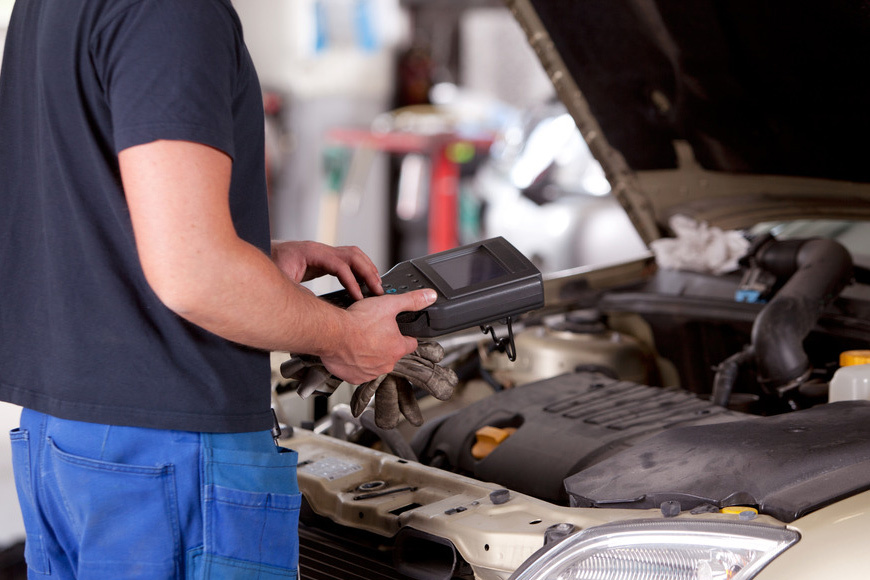The Most Misunderstood Facts About Auto Repair
While most myths are harmless, some may have serious consequences. Delaying auto repairs can cause extensive damage to your vehicle and put your safety at risk. To avoid delaying repairs, be aware of some common myths about cars. These may change habits, but they are worth knowing. What are the common myths about auto repair?

Misunderstood mechanics exaggerate a legitimate problem.
Sometimes, mechanics will overstate a leg. Intimate the problem and try to persuade the owner that it’s a real problem. At the same time, this tactic may get you to pay a mechanic for the service but is shady. A shady mechanic may point out a problem.
When doing auto repair Edmonds WA, most mechanics do their best to help. However, greedy mechanics will overstate the actual severity of a problem to make more money. For instance, if you’re told to put any type of oil in your car, even synthetic, the mechanic will most likely exaggerate the time it takes before it needs to be replaced. Likewise, a power steering pump will usually last long before needing to be replaced, but an exaggerated mechanic will say it needs to be replaced sooner rather than later.
Mechanics use advanced diagnostics systems to diagnose a problem.
Mechanics use advanced diagnostics to troubleshoot car problems. This technology had come a long way since the days when mechanics used clunky computer systems from every manufacturer. It was a nightmare to get all the software and equipment for each car, which cost several thousand dollars. Nowadays, the majority of mechanics use these sophisticated systems to diagnose problems.
Diagnostic tools aren’t a magic solution for all car problems. For example, they won’t fix a flat tire or a shattered windshield. However, they can be instrumental when a mechanic is unsure about the cause of a car problem. In addition to diagnostic tools, mechanics can also use specialized tools to identify the cause of a problem, such as a scan tool.
Factory dealerships are more expensive in parts and labor.
Car dealers are not cheap. Even if you get a new car for half the price of a dealer’s model, you’ll still pay more for parts and labor at the dealership. Dealerships are also forced to pay for expensive special tools that independent shops don’t have. Not to mention the wages and benefits of the parts manager, service counter workers, and warranty clerk. The dealership has to pay for the overhead of a building, utilities, and other expenses.
While dealerships offer a variety of advantages, the most significant difference between them and small independent shops is in labor rates. The difference in labor rates is quite substantial, and a dealership’s overhead costs translate to a higher labor rate per hour. In addition, parts are marked up at a higher price. This price difference is especially noticeable when it comes to service. As a result, a dealership’s staff will probably take extra time to make the vehicle run smoothly, and they’ll likely provide better service and parts than an independent shop.
Mechanics work with potentially toxic chemicals.
Mechanics use a range of potentially toxic chemicals every day. OSHA regulations require manufacturers to assess the hazards of chemicals before they are sold to consumers. In addition, employers must warn workers about the dangers of these chemicals in the workplace by providing safety data sheets, safety labels, and training on the proper use of these chemicals. Mechanics should also be aware of the potential health risks of using specific chemicals.
Mechanics are regularly exposed to various chemicals, including harmful heavy metals. Regular brake fluid, detergents, lubricants, grease, and paint contain toxic chemicals. Additionally, some brake pads contain asbestos. In addition to these dangers, mechanics also face the threat of occupational asthma. As a result, they should wear protective clothing to avoid exposure to potentially harmful chemicals. In addition, mechanics should wear quality safety clothing to prevent skin contact with these materials from minimizing exposure to these chemicals.



